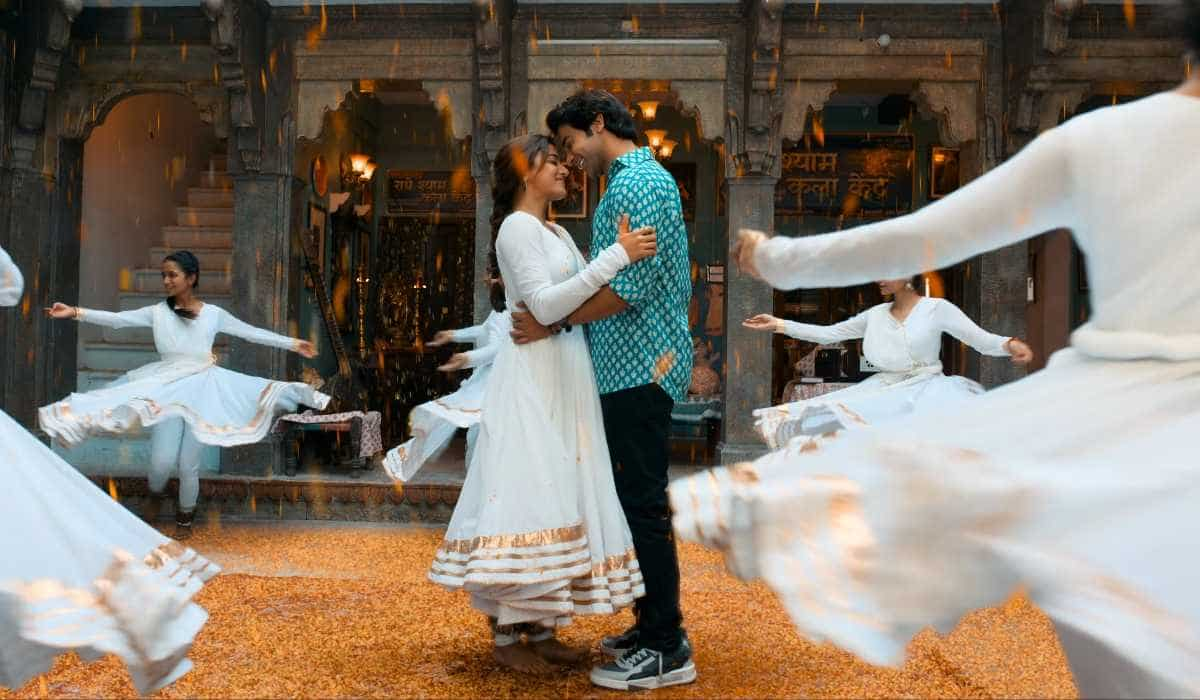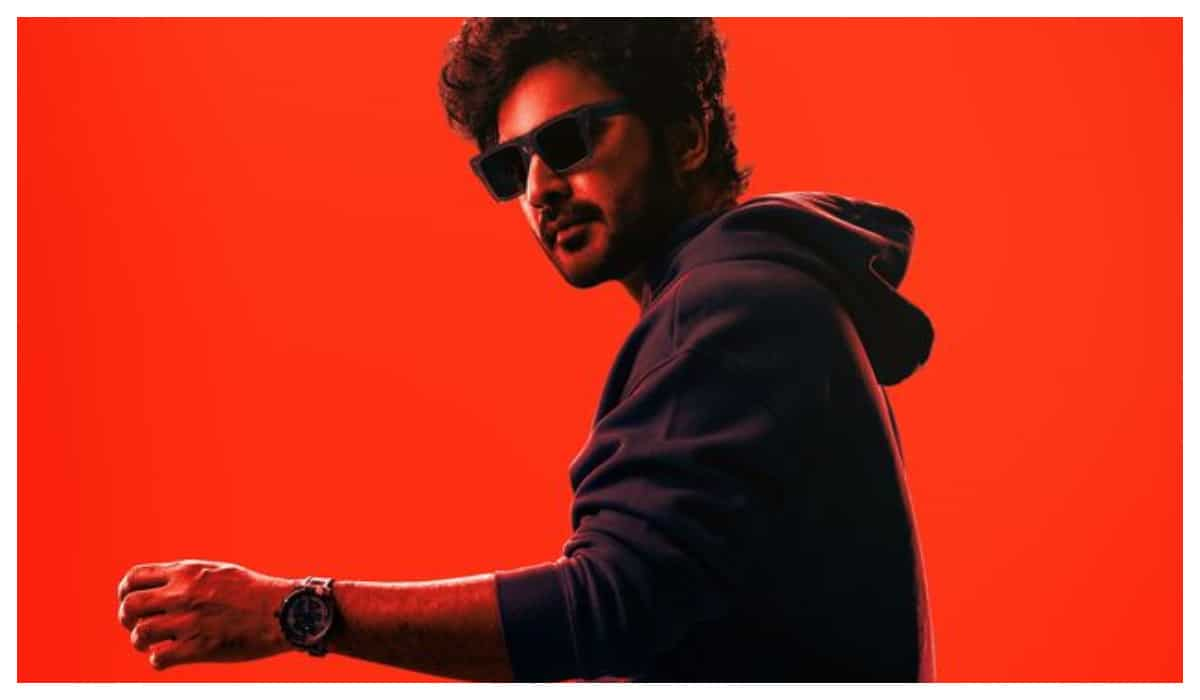
VAR of the worlds: Rudraneil Sengupta writes on the Video Assistant Referee
6 months ago | 89 Views
In last weekend’s English Premier League game between Arsenal and Tottenham Hotspur — a fiery London derby — two Video Assistant Referee (VAR) decisions stood out.
The first occurred in the 18th minute, when Arsenal forward Kai Havertz headed the ball towards goal from close range. Spurs keeper Guglielmo Vicario made a reflexive, diving save, and the ball rebounded onto the arm of Spurs defender Cristian Romero at close range. VAR checked for a handball penalty, and decided against awarding one.
The second occurred in the 37th minute of the game, when Arsenal defender Jurrien Timber challenged Pedro Porro for the ball. Timber managed to make a clean steal, before his foot slipped off the top of the ball and hit Porro in the shin. The referee brandished a yellow card, and VAR checked whether it warranted a red card instead. The decision was made to not issue a red, since Timber did not intentionally hit Porro, nor were the studs in Timber’s boots exposed to Porro’s shin.
Just one season ago, both these decisions might have gone the other way. But after sustained complaints from Premier League clubs and adverse feedback from fans and spectators, the English league has tempered the use of VAR with some rational guidelines.
Perhaps the most important of these is the one regarding handballs.
So far, VAR, which was introduced in 2016 and came into widespread use in 2018, has awarded handballs for just about any kind of contact with a player’s arm, ignoring almost all context, except for a player deliberately shooting at close range at an opponent’s arm. This has resulted in a host of inaccurate penalties, including in cases where the player had no way of moving out of the ball’s path.
This wasn’t just unfair; it was changing the game. Defenders were blocking or making tackles with their hands clasped behind their backs. It’s a terrible disadvantage for a player. Without the use of one’s arms, one cannot find speed or balance, can’t get enough height on jumps, or change direction as quickly.
The Premier League’s VAR guidelines now state that a handball can only be declared if the player’s arm is in an “unnatural” position or clearly attempting to block the ball. When the arm of a player is in a position that is biomechanically consistent with the movement he is making, then the ball hitting it does not result in a handball.
This means players can now keep their arms by their sides when they run, or even extend them towards the ground if they are falling.
UEFA, European football’s ruling body, also made these much-needed rationalisations this year. As a result, in the critical Spain vs Germany game in Euro 2024, a shot by Germany’s Jamal Musiala hit the hand of Spain’s Marc Cucurella in extra time, but VAR decided not to award a penalty to the latter.
The Timber foul in the Arsenal-Spurs game is another important example of VAR rationalisation. Football is a physical game and contact is inevitable. When it isn’t possible for the on-field referee to gauge the nature and severity of such contact, slow-motion replays via VAR can help. There is just one catch: a slow-motion replay can make a collision look far worse, unless it is being viewed by trained, discerning eyes.
The new VAR guidelines empower the on-field referee, stating that VAR will only interfere if there is a clear and obvious error. The referee can use VAR to view a replay, with slow-motion views offered only to verify the point of contact.
Technology-assisted decisions in sport are an inevitability, but there is always a need to review them, so that a sport does not become enslaved to the tyranny of machine accuracy.
HOW DID YOU LIKE THIS ARTICLE? CHOOSE YOUR EMOTICON !
#




















